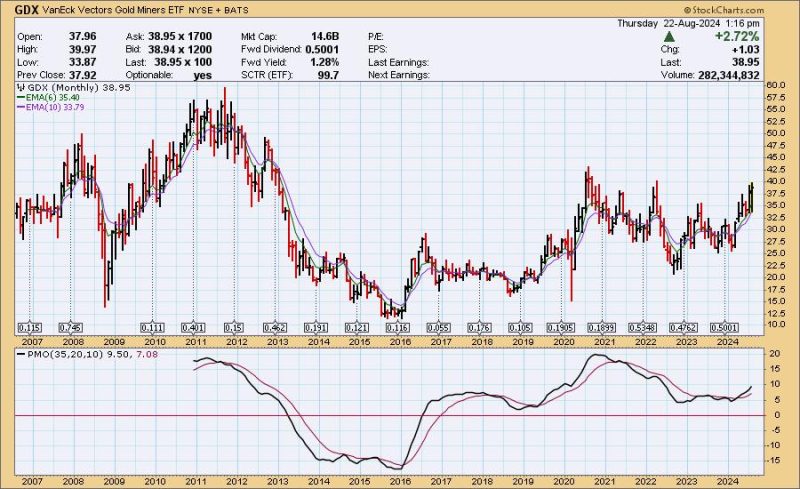Gold Miners’ Performance vs. Gold: Does it Say Sell Gold?
In the world of investing, gold has always been considered a safe haven asset during times of economic uncertainty. Investors often turn to gold as a store of value and a hedge against inflation. However, a closer look at the performance of gold mining stocks compared to the price of gold itself raises an intriguing question – does the performance of gold mining stocks indicate that it may be time to sell gold?
Gold mining stocks are equity investments in companies that extract gold from the ground. These companies can be sensitive to various factors beyond the price of gold itself, such as mining costs, geopolitical risks, and operational efficiency. As a result, the performance of gold mining stocks may not always perfectly mirror the price movements of gold.
Historically, gold mining stocks have exhibited a higher level of volatility compared to the price of gold. This volatility can be attributed to several reasons, including the leverage that mining companies have to the price of gold. When the price of gold rises, the profits of mining companies can increase at a faster rate, leading to amplified returns for shareholders. Conversely, during periods of declining gold prices, mining stocks can experience significant losses.
One key indicator investors often look at is the gold-to-gold miners ratio. This ratio compares the performance of gold mining stocks to the price of gold itself. A rising ratio may suggest that gold mining stocks are underperforming relative to the price of gold, which could indicate that investors have more confidence in the physical metal than in mining companies. On the other hand, a declining ratio may signal that gold mining stocks are outperforming gold, potentially indicating a bullish sentiment towards the sector.
Another factor to consider is the overall market environment. Economic conditions, interest rates, and geopolitical events can all impact the performance of both gold and gold mining stocks. For example, during periods of economic uncertainty or market stress, investors may flock to gold as a safe haven asset, driving up its price. In contrast, mining stocks may be more vulnerable to downturns in the broader market, as they are exposed to company-specific risks in addition to fluctuations in the price of gold.
Ultimately, the decision to buy or sell gold should be based on a thorough analysis of your financial goals, risk tolerance, and market outlook. While the performance of gold mining stocks can offer valuable insights into market sentiment, it is essential to consider a range of factors before making investment decisions. Whether you choose to invest in physical gold, gold mining stocks, or a combination of both, maintaining a diversified portfolio is key to managing risk and maximizing returns in the long run.
